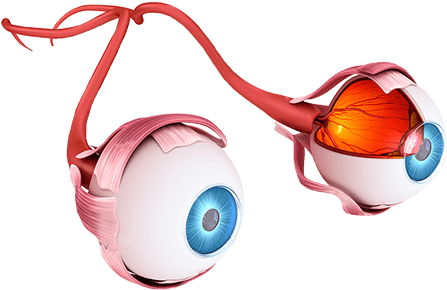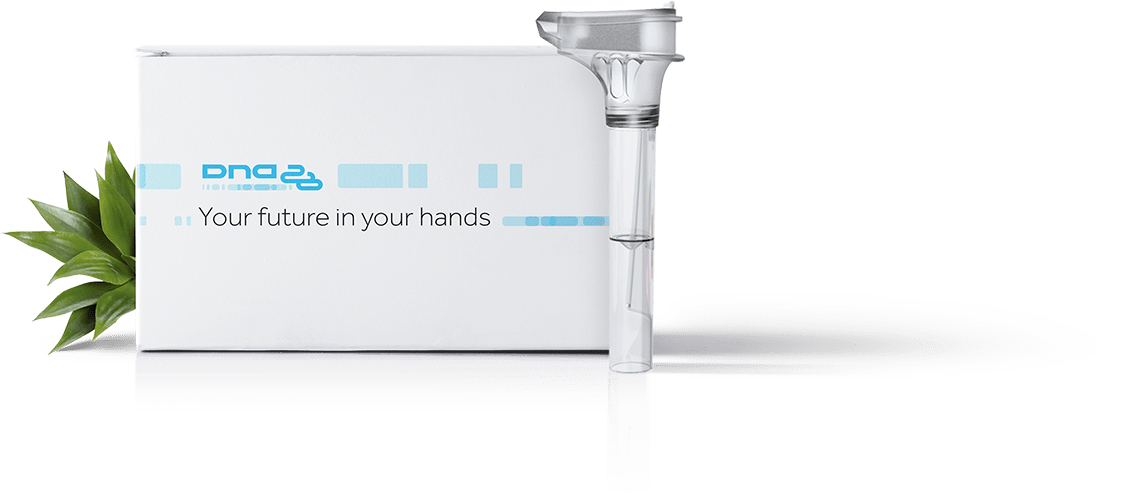Also there is a fairly informative method for self-diagnosis - the Amsler grid, which is itself a square with a side of 40 cm, delineated into many small squares. Patients with dry form of macular degeneration and persons with a genetic predisposition to the disease are strongly recommended by doctors to do regular testing.
For this, the Amsler grid is to be examined alternately first by one, then by another eye from a distance of 40-50 cm. Any degenerative changes in the yellow spot are indicated by any distortion of the lines, the loss of the image portion, the appearance of a dark spot or blurriness. If any of these symptoms occur, consult a specialist immediately. Amsler's grid can be obtained from an ophthalmologist or printed yourself.
Important! Self-testing by means of amsler's grid does not replace a full-scale ophthalmological examination, but it is only an additional method of monitoring the state of retina.




